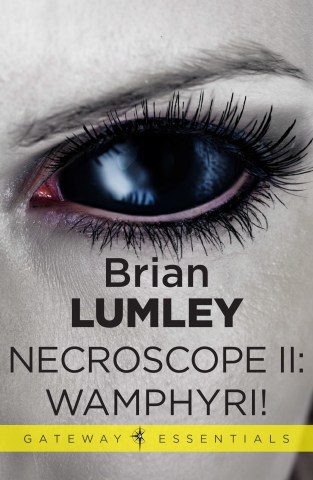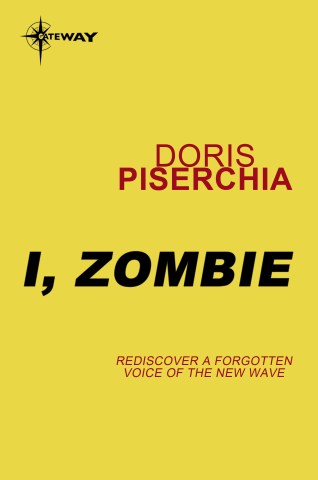How to mimic film grain
A lot of admirers of black-and-white photography mention its gritty appearance as one of its attractions. If that’s your thing, you’ll be glad to know that Silver Efex Pro offers one of the best ways to achieve it.

Apart from liking the grainy look, one reason for adding grain is when you’re producing a set of B&W prints from a mixture of photos shot on film and others taken digitally. Alternatively, the pictures may come from a variety of digital cameras and you might wish to make look them more consistent. Putting detail in blown highlights is another reason.
SEP’s Film Types panel starts with a drop-down box listing some well-known films whose graininess and other typical characteristics are imitated. Pick the one you want, or just try different ones until one looks right to you.
When adding grain, it’s a great idea to zoom in on the picture. At 100%, you get a much better idea of its characteristics, and you’ll notice that the randomness and clumpy distribution is surprisingly impressive.
Notice too that Grain has one of those little triangles. As usual, click it and open it up. In this case it reveals two additional sliders.
The first, Grain per Pixel, works just as you would expect if you think of it in terms of real world grains. Push the slider to its right and more grains per pixel means it simulates very fine-grained film— so the grain is less obvious. Pushed to the left means fewer grains per pixel and bigger lumps.

The second extra slider, Soft to Hard, is about the edges of the grain. Push the slider to the right and the grain is better defined, as if a film has been developed to sharpen grain appearance. Moving the slider to its left softens the granularity, again just as you can do in the darkroom. Sharper or less defined grains will suit different types of picture.
Just be aware that SEP’s film types are only imitations. Real film grain is influenced by factors other than film stock, for instance the enlarger lens or developing processes. Also, not all B&W film produces lots of grain—some are ultra smooth—so don’t feel obliged to use Film Types panel.
101 Top Tips for Black & White Digital Photography is John Beardsworth’s exploration of the most powerful techniques for converting your colour shots into stunning, high-quality black-and-white photos, with detailed explanations of how each tool works and why you should try it on your own images. In addition to providing an abundance of step-by-step instructions with brilliant imagery, Beardsworth also teaches the aesthetic value of black and white, and how to visualize the creative potential of each shot.
 101 Top Tips for Black & White Digital Photography
101 Top Tips for Black & White Digital Photography
John Beardsworth
Buy it now!
RRP for print edition: £14.99





